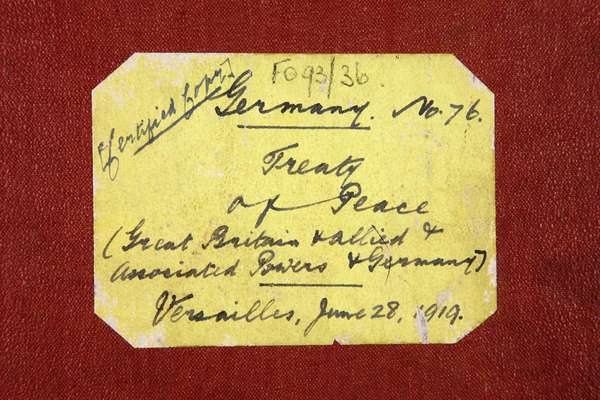In pictures
Lives on the Front in the First World War
Our records offer many different perspectives on soldiers' experiences as they endured life (and death) during the First World War. They highlight the lives of officers and other ranks, from day-to-day comings and goings to their treatment by the enemy and their own side.
Service record for the youngest officer in the British Army

- Date
- 1914
- Catalogue reference
- WO 339/34889
Reginald St John Beardsworth Battersby is thought to have enlisted in the Manchester Regiment as an ordinary soldier at the age of 14, having lied about his age in order to do so.
When his father found out, instead of forbidding him from joining up, he intervened and got Reginald a commission as an officer in the East Lancashire Regiment. He is believed to have been the youngest officer serving in the British Army.
He would go on to fight during the first day of the Battle of the Somme, where he was wounded, and was wounded again in 1917, resulting in the amputation of his leg.
Despite this injury, fitted with a prosthetic leg, he returned to duty with the Royal Engineers until the end of the war.
View into no man's land from British lines at Richebourg, France

- Date
- 1915
- Catalogue reference
- WO 316/24
Taken at 17:00 on 12 April 1915, this panoramic photograph shows the lines of trenches, roads and trees beside the village of Richebourg l'Avoué, located in the Pas de Calais region of France.
This series of photographs was taken partly to gather intelligence ahead of an assault on the village on 30 June 1916, intended as a diversion. The attack, called the Battle of the Boar's Head, was designed to distract German forces from the main offensives on the Somme.
It was spearheaded by battalions of the Southdowns Brigade, and came to be known as ‘The day that Sussex died’, owing to the number of casualties sustained in only 5 hours of fighting.
Service record for JB Priestley

- Date
- September 1914
- Catalogue reference
- WO 339/106913
The playwright JB Priestley eagerly joined the West Riding Regiment as an ordinary soldier within a month of the outbreak of the First World War.
He would go on to serve on the Western Front, and was badly injured after having been buried in a dugout by an exploding shell.
Later in the war he was commissioned as an officer in the Devonshire Regiment, having responsibility for the supervision of German prisoners of war.
Letter from railway employee who enlisted in the British Army

- Date
- 1915
- Catalogue reference
- RAIL 253/516
The outbreak of the First World War witnessed the enlistment into the armed forces of many men and women from all walks of life.
This included men who worked for the Great Western Railway Audit Office in Paddington, many of whom sent letters and photographs back to their former colleagues. These often talk about their wartime experiences and what life was like in military uniform.
Disciplinary case of E S Poole, executed for desertion

- Date
- September 1914
- Catalogue reference
- WO 71/1027
2nd Lieutenant E S Poole, of 11th Battalion, West Yorkshire Regiment, was shot as punishment for desertion on 10 December 1916.
He had been reported missing from his battalion on 7 July 1916, when it was thought he had been killed or wounded. Poole had, in fact, been admitted to a Field Ambulance with shell shock. He was arrested on return to his unit, having been charged with absenting himself from his duties, and was found guilty of the charge of desertion.
He was eventually pardoned in 2006, alongside other soldiers executed by the British authorities.
Featured article
Record revealed
The Treaty of Versailles

This debated document officially ended the First World War and set out the terms and conditions for peace, and determined the course of the 20th century.